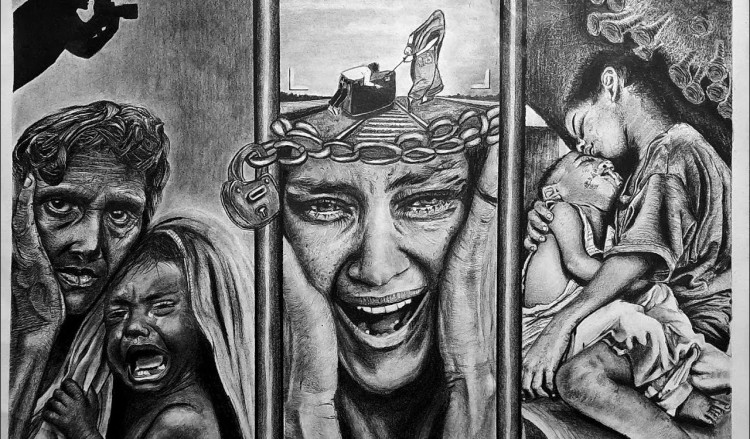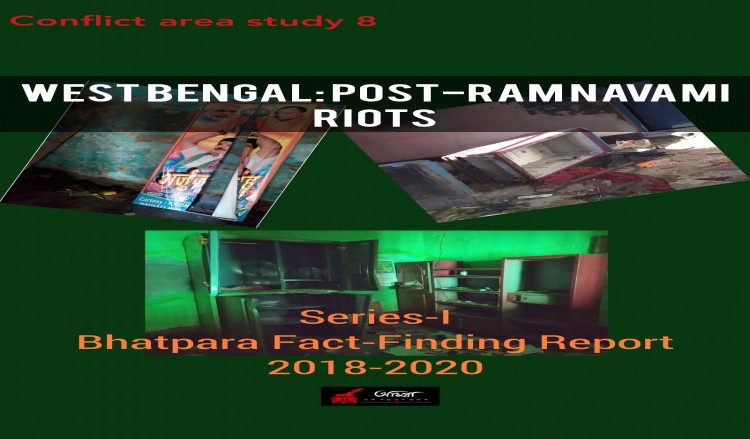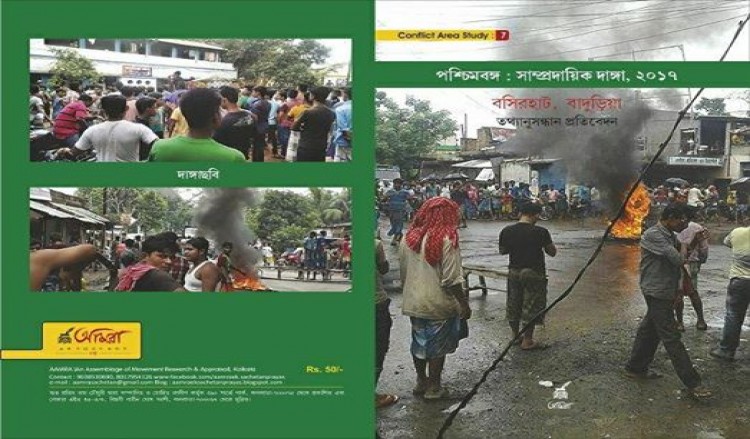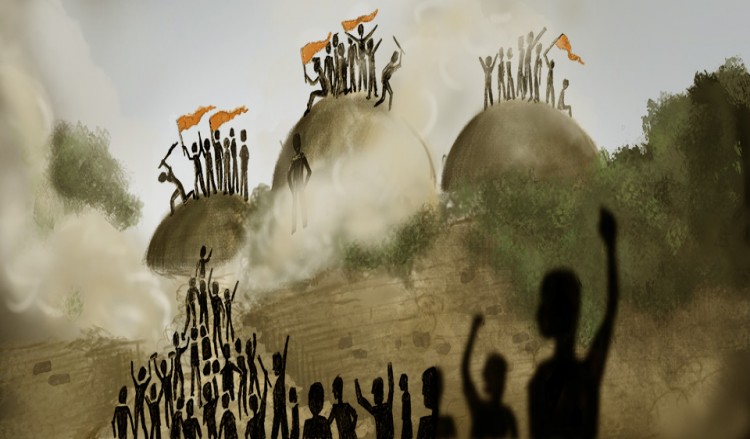
Lord Ram: Where was he born? by Ram Puniyani
Ram Puniyani explores the controversies which are overlooked in the middle of a hyperactive stone foundation celebration in Ayodhya.
As the foundation stone of temple in the name of Lord Ram is being planned at the site where Babri Masjid once stood (August 5, 2020) , two new controversies have surfaced. One was that some Buddhist groups claimed that the remnants of Buddha Vihar have been found at the site as the ground was being levelled for the temple. One does recall that Supreme Court has rejected the Public Interest Litigations to excavate and preserve the artefacts at Ayodhya in the light of some these being of Buddhist origin. Another one in the series comes from the Prime Minster of Nepal K.P. Sharma Oli, who claimed that the Ayodya where the Lord was born is in Nepal in Birgunj District. One does not know why he had to come out with this statement at this point of time. He was criticised for this in Nepal itself and his office clarified that his intention was not to hurt anybody’s sentiments.
This is not the first time that such controversies have been surfacing around the narratives related to Lord Ram. One recalls that when the Government of Mhaharashtra started publishing the collected works of B R Ambedkar in 1980s, there were protests against his book ‘Riddles of Rama and Krishna’. Ambedkar in this book critiques the Lord for killing Bali a popular king from behind his back, for killing of Shambuk as Shudra who was doing penance (Tapasya) and for abandoning his pregnant wife Sita. The treatment meted out to Sita also comes under criticism; for conducting Agni Pariksha (trial by fire) and her banishment.
Incidentally before Ambedkar, Jotirao Phule also had underlined the killing of Bali from behind. Bali was a folk king whose subjects were supposed to be pleased with his rule. Similarly later Ramasami Periyar Naicker wrote ‘True Ramayana’ highlighting these aspects of the Lord. Periyar opposed the caste and gender discrimination inherent in the prevalent narrative of Lord Ram. Periyar also upheld Tamil identity. According to him the Ramayana story was a thinly disguised historical account of how caste ridden, Sanskritic, Upper caste North Indians led by Ram subjugated South Indians. He identifies Ravan as the monarch of ancient Dravidians. Ravan abducted Sita, primarily to take revenge against the mutilation and insult of his sister Surpanakha. In his interpretation Ravana is practitioner of Bhakti, and is a virtuous man.
After the demolition of Babri Mosque an exhibition prepared by Safdar Hashmi Memorial Trust (SAHMAT) was vandalised Pune in 1993. This was a reaction to a panel in the exhibition which, showed the Buddhist Jataka version of the mythology where Ram and Sita are brother and sister. As per this version they belonged to high caste clan in which to maintain caste purity they did not marry outside their clan. Just a few years ago, ABVP, the student wing of RSS had campaigned for withdrawal of one of A. K. Ramanujan’s essay ‘Three hyndred Ramayans and Five examples’, he argues that there are many versions of Ramayana and most of them differ as far as geographical and other details are concerned.
H.D. Sankalia, the Sanskrit scholar and pioneer of excavation archaeology points out even the places like Ayodhya and Lanka may be different than what is understood today. He argues that Lanka may be somewhere in M.P. as sage Valmiki might not have been aware of the places south of Vindhyas. Tamraparni was the name of what is known as Sri Lanka today. The diverse narratives of Ramayana are prevalent not just in India but whole of South East Asia and are very fascinating. Paula Richman’s book ‘Many Ramayans’ (OUP) gives a glimpse of some of these versions of Lord Ram story.
Ramayana story exists not just in the form which is dominant narrative today here in India. This version, takes off from Valmiki through Goswami Tulsidas and its Tele adoption by Ramanand Sagar, which has been telecast yet again during Corona epidemic. Ram story has been translated in Balinese, Bengali, Kashmiri, Thai, Sinhala, Santhali Tamil, Tibetan and Pali amongst others. There are innumerable versions in Western languages also. The narrative in these is not matching. The one prevalent in Thailand is Ramkirti or Ramkin. In this Lord Hanuman, contrary to the version prevalent here, is a not a celibate. In Jain and Buddhist version of Rmayana Ram is follower respectively of Mahavir and Gautam Buddha. In both these versions Ravana is presented as a great sage with vast knowledge. Some of the versions which are popular abroad show Sita as daughter of Ravan. Even in India Malayalam poet Vayalar Ramavarma’s poem, Ravanaputri (Ravan’s daughter) is famous. Many versions show that Dashrath was king of Varanasi, not Ayodhya.
Then there is the version of Ramayana story popular and prevalent among women, "Women's Ramayana Songs" of Telugu Brahmin Women, put together by Rangnayakamma. This version keeps the women's concern as the central theme. These songs present Sita as finally victorious over Ram and in these, Surpanakha succeeds in taking revenge over Ram.
The rich diversity of these narrations shows the prevalence of Lord Ram’s story in South and South East Asia. The whole Ram temple movement was constructed around a single narration which has lineage of Valmiki, Tulsidas and Ramanand Sagar. Even these three have subtle differences and fine nuances which reflect the caste and gender equations, presented strongly. The present dominant narrative upholds the caste and gender hierarchy, which is the core agenda of communal politics. The emotions have been generated around this and we see repeated attacks on those whose versions and interpretation of the mythology is different from the one suited to communalists.
The scholarly works on Ramayana do reflect the diverse prevalent values at that time. Every nationalism constructs its own narrative of the past. Eric Hobswam points out that ‘history is to nationalism what poppy is to opium addict’. Going further it seems that version of nationalism also selects the mythology from the past which suits its agenda.
(Reprinted with permission of the author)The author is a social activist and commentator. The views are personal.
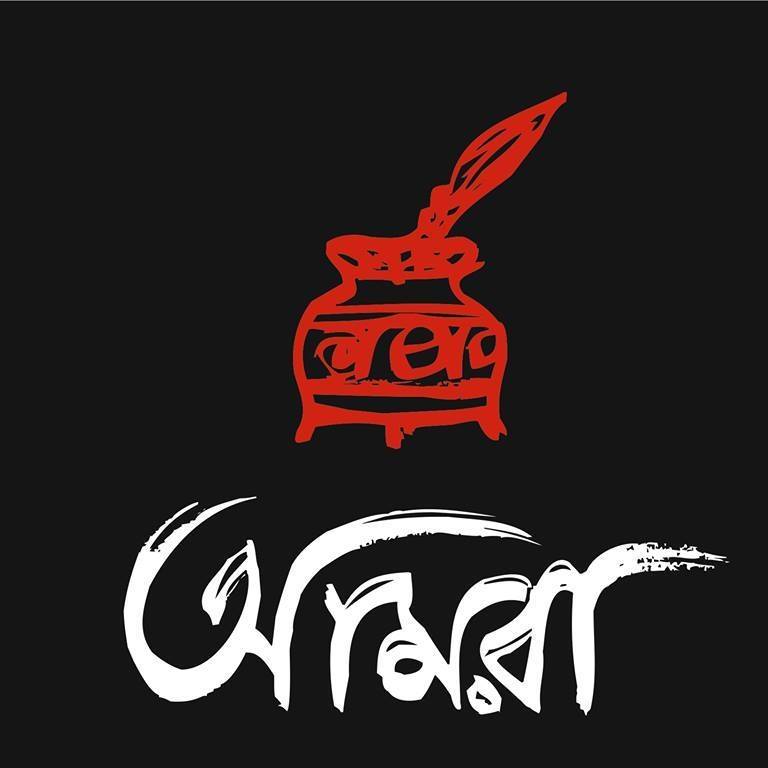
আমরা: এক সচেতন প্রয়াস
AAMRA is an amalgamation of multidisciplinary team of researchers and activists erstwhile worked as an assemblage of movement, research and activism. Popular abbreviation of AAMRA is, An Assemblage of Movement Research and Appraisal.-

তেলেনিপাড়া তথ্যানুসন্ধান প্রতিবেদন, ২০২০
আমরা এক সচেতন প্রয়াসের... -
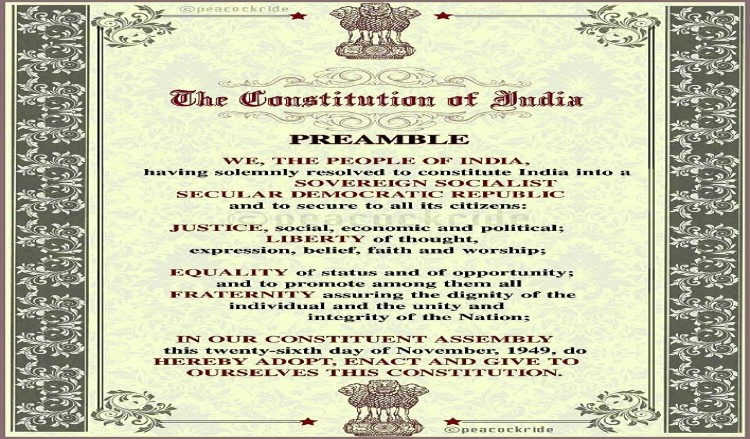
Inauguration of Ram Temple in Ayodhya was against Constitution of India and against ‘Idea of India’
A letter to the Prime Minster of India: Inauguration... -
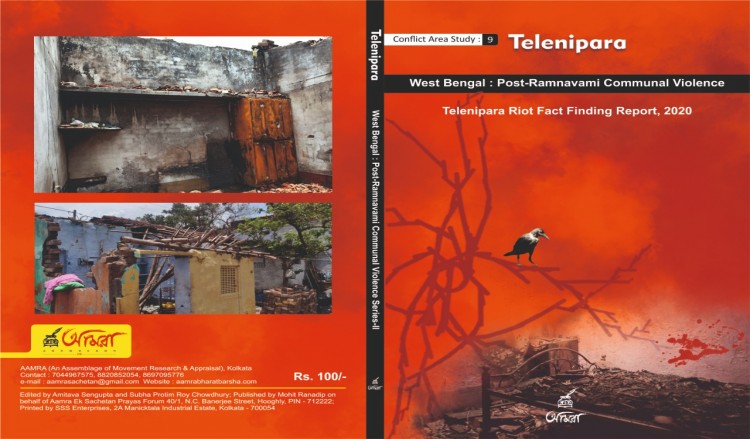
Fact Finding Report on Telinipara Communal Violence (2020)
The communal violence in Telinipara in Hooghly district... -

The Language of the People by the River
The rivers that flow by the hills have strong current....
